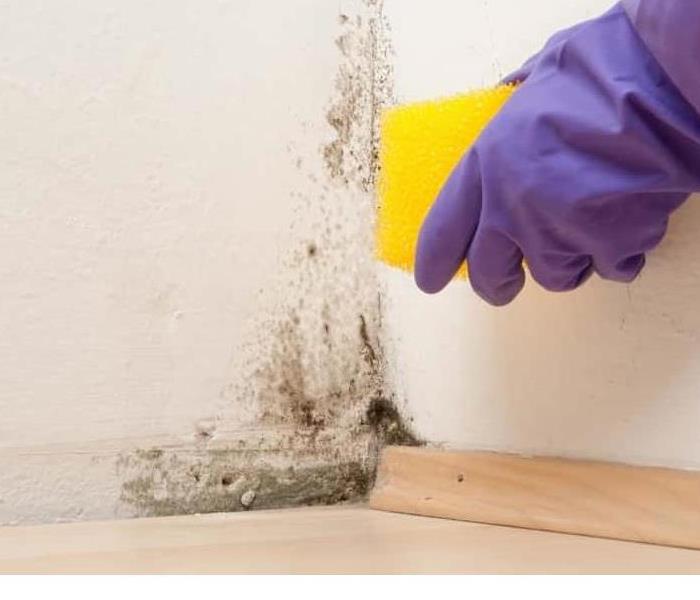Is Black Mold Really Dangerous?
4/2/2018 (Permalink)
We’ve all been there. You go into your basement or your bathroom and there, on the wall, you see it: black mold. You panic, because you’ve heard horror stories for years about the dangers of black mold, but is there really any truth to the hype?
In truth, the term “toxic black mold” is a misnomer with no scientific validation at all. In fact, the term “toxic mold” is also inaccurate. According to the CDC, “the term ‘toxic mold’ is not accurate. While some molds can produce toxins, specifically mycotoxins, the molds themselves are not toxic or poisonous”.
So what kinds of mycotoxins can black mold produce? The trichothecene types below are found in toxic black mold:
- Cyclosporin
- Roridin E
- Satratoxin F, G and H (the most abundant type of trichothecene)
- Sporidesmin G
- Stachybotryolactone
- Trichoverrol
- Trichoverrin
- Verrucarin J
Molds come in a rainbow of colors but it is the black mold species Stachybotrys chartarum that has been falsely dubbed “toxic black mold”. In reality, mold is everywhere in our environment, it’s the dosage that makes the poison.
There is no argument that excessive exposure to almost any type of mold can cause adverse health effects, no matter what the color.
In addition, mold growth can also damage buildings—weakening structure and causing unpleasant odors, as well as causing ugly staining. Cleaning mold is often exactly what causes it to spread; the process dislodges mold spores and allows them to travel into new areas of the environment.
To avoid this it’s best to call a professional when you suspect you have a mold issue in your home or business. SERVPRO of Medford has years of experience in mold removal and remediation and can ensure that any damage caused by mold is repaired properly, and completely. With SERVPRO of Medford it’ll be "Like it never even happened."





 24/7 Emergency Service
24/7 Emergency Service
